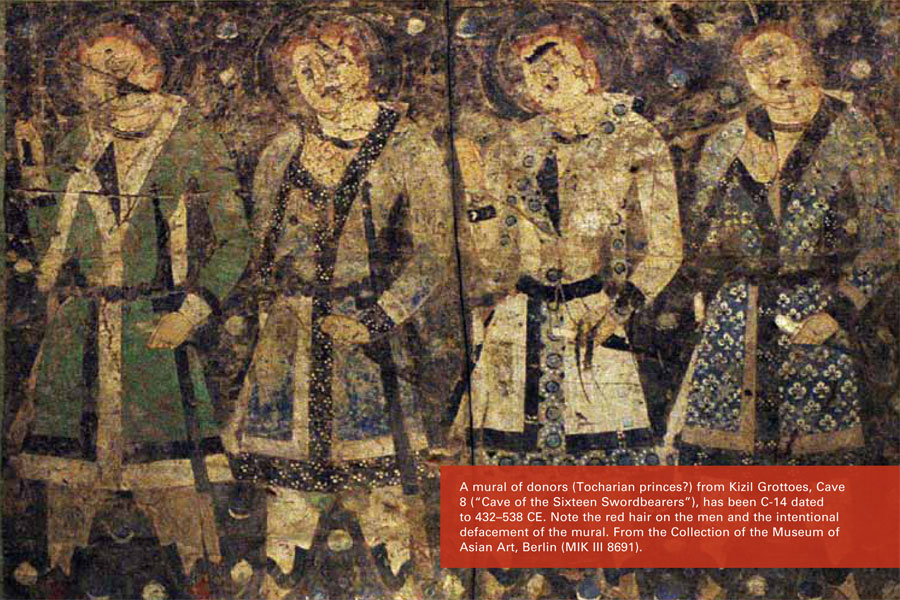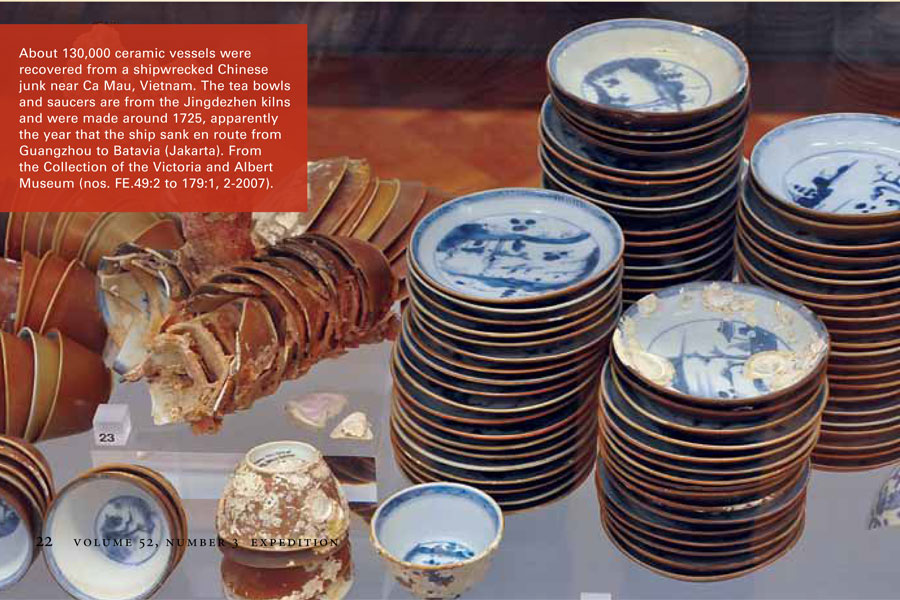There is an endless popular fascination with the “Silk Roads,” the historic routes of economic and cultural exchange across Eurasia. The phrase in our own time has been used as a metaphor for Central Asian oil pipelines, and it it common advertising copy for the romantic exoticism of expensive adventure travel. One would think that, in the century and a third since the German geographer Ferdinand von Richthofen coined the term to describe what for him was a quite specific route of east-west trade some 2,000 years ago, there might be some consensus as to what and when the Silk Roads were. Yet, as the Penn Museum exhibition of Silk Road artifacts demonstrates, we are still learning about that history, and many aspects of it are subject to vigorous scholarly debate.

Most today would agree that Richthofen’s original concept was too limited in that he was concerned first of all about the movement of silk overland from east to west between the “great civilizations” of Han China and Rome. Should we extend his concept to encompass striking evidence from the Eurasian Bronze and Early Iron Ages, and trace it beyond the European Age of Discovery (15th to 17th centuries) to the eve of the modern world? Is there in fact a definable starting point or conclusion? And can we confine our examination to exchange across Eurasia along a few land routes, given their interconnection with maritime trade? Indeed, the routes of exchange and products were many, and the mix changed substantially over time. The history of the Silk Roads is a narrative about movement, resettlement, and interactions across ill-defined borders but not necessarily over long distances. It is also the story of artistic exchange and the spread and mixing of religions, all set against the background of the rise and fall of polities which encompassed a wide range of cultures and peoples, about whose identities we still know too little. Many of the exchanges documented by archaeological research were surely the result of contact between various ethnic and linguistic groups over time. The reader should keep these qualifications in mind in reviewing the highlights from the history which follows.
The Beginnings
Among the most exciting archaeological discoveries of the 20th century were the frozen tombs of the nomadic pastoralists who occupied the Altai mountain region around Pazyryk in southern Siberia in the middle of the 1st millennium BCE. These horsemen have been identified with the Scythians who dominated the steppes from Eastern Europe to Mongolia. The Pazyryk tombs clearly document connections with China: the deceased were buried with Chinese silk and bronze mirrors. The graves contain felts and woven wool textiles, but curiously little evidence that would point to local textile production. The earliest known pile carpet, found in a Pazyryk tomb, has Achaemenid (ancient Persian) motifs; the dyes and technology of dyeing wool fabrics seem to be of Middle Eastern origin. Other aspects of the burial goods suggest a connection with a yet somewhat vague northeast Asian cultural complex, extending along the forest-steppe boundaries all the way to Manchuria and north Korea. Discoveries from 1st millennium BCE sites in Xinjiang reinforce the evidence about active long-distance contacts well before Chinese political power extended that far west.
While it is difficult to locate the Pazyryk pastoralists within any larger polity that might have controlled the center of Eurasia, the Xiongnu—the Huns—who emerged around the beginning of the 2nd century BCE, established what most consider to be the first of the great Inner Asian empires and in the process stimulated what, in the conventional telling, was the beginnings of the Silk Roads. Evidence about the Xiongnu supports a growing consensus that Inner Asian peoples formerly thought of as purely nomadic in fact were mixed societies, incorporating sedentary elements such as permanent settlement sites and agriculture into their way of life. Related to this fact was a substantial and regular interaction along the permeable boundaries between the northern steppe world and agricultural China. Substantial quantities of Chinese goods now made their way into Inner Asia and beyond to the Mediterranean world. This flow of goods included tribute the Han Dynasty paid to the nomad rulers, and trade, in return for which the Chinese received horses and camels. Chinese missions to the “Western Regions” also resulted in the opening of direct trade with Central Asia and parts of the Middle East, although we have no evidence that Han merchants ever reached the Mediterranean or that Roman merchants reached China. The cities of the Parthian Empire, which controlled routes leading to the Mediterranean, and the emergence of prosperous caravan emporia such as Palmyra in the eastern Syrian desert attest to the importance of interconnected overland and maritime trade, whose products included not only silk but also spices, iron, olive oil, and much more.
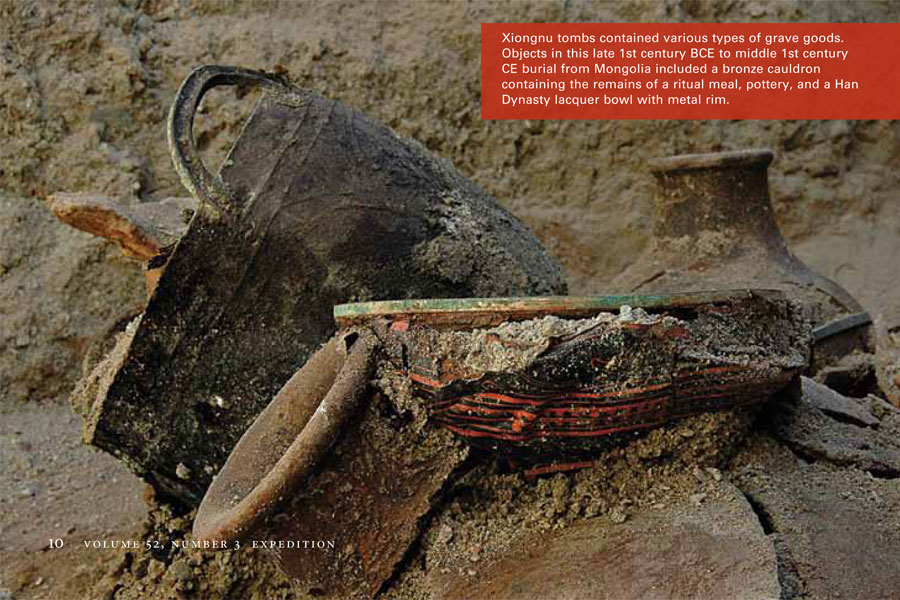
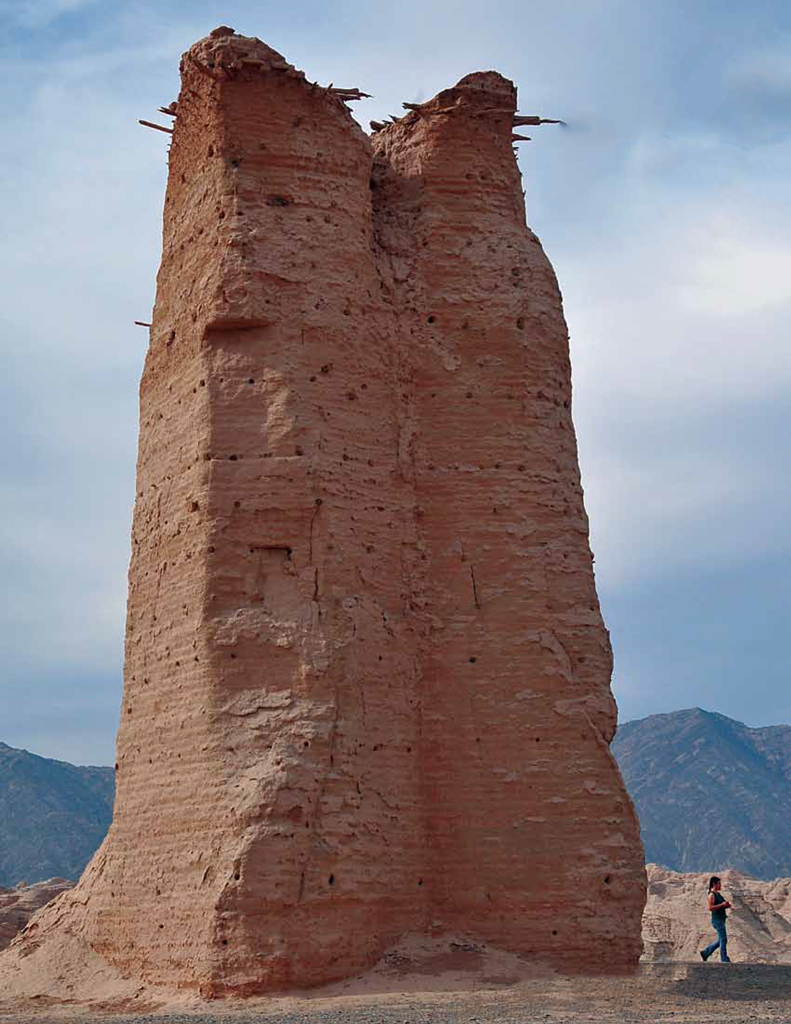
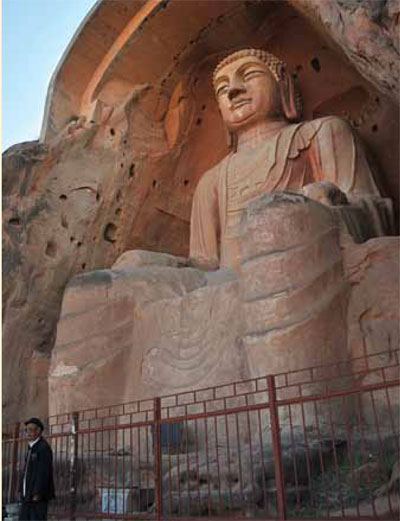
The Han Dynasty expanded Chinese dominion for the first time well into Central Asia, in the process extending the Great Wall and establishing the garrisons to man it. While one result of this was a shift in the balance of power between the Xiongnu and the Chinese in favor of the latter, Xiongnu tombs of the late 1st century BCE through the 1st century CE in north-central Mongolia contain abundant Chinese lacquerware, lacquered Chinese chariots, high-quality bronze mirrors, and stunning silk brocades.There is good reason to assume that much of the silk passing through Xiongnu hands was traded farther to the west. Although Richthofen felt that the Silk Road trade ceased to be important with the decline of the Han Dynasty in the 2nd century CE, there is ample evidence of very important interactions across Eurasia in the subsequent period when—both in China and the West—the great sedentary empires fragmented.
The Silk Roads and Religion
During the 2nd century CE, Buddhism began to spread vigorously into Central Asia and China with the active support of local rulers. The earliest clearly documented Chinese translations of Buddhist scriptures date from this period, although the process of expanding the Buddhist canon in China and adapting it to Chinese religious traditions extended over susequent centuries. Understandably, many of the key figures in the transmission of the faith were those from Central Asia who commanded a range of linguistic skills acquired in the multiethnic oasis towns such as Kucha. Buddhism also made its way east via the coastal routes. By the time of the Northern Wei Dynasty in the 5th and early 6th centuries, there were major Buddhist cave temple sites in the Chinese north and extending across to the fringes of the Central Asian deserts. Perhaps the best known and best preserved of these is the Mogao Caves at the commercial and garrison town of Dunhuang, where there is a continuous record of Buddhist art from the early 5th century down to the time of the Mongol Yuan Dynasty in the 14th century. One of the most famous travelers on the Silk Roads was the Chinese monk Xuanzang, whose route to the sources of Buddhist wisdom in India took him along the northern fringes of the Tarim Basin, through the mountains, and then south through today’s Uzbekistan and Afghanistan. When he returned to China after some 15 years, stopping at Dunhuang along the way, he brought back a trove of scriptures and important images.
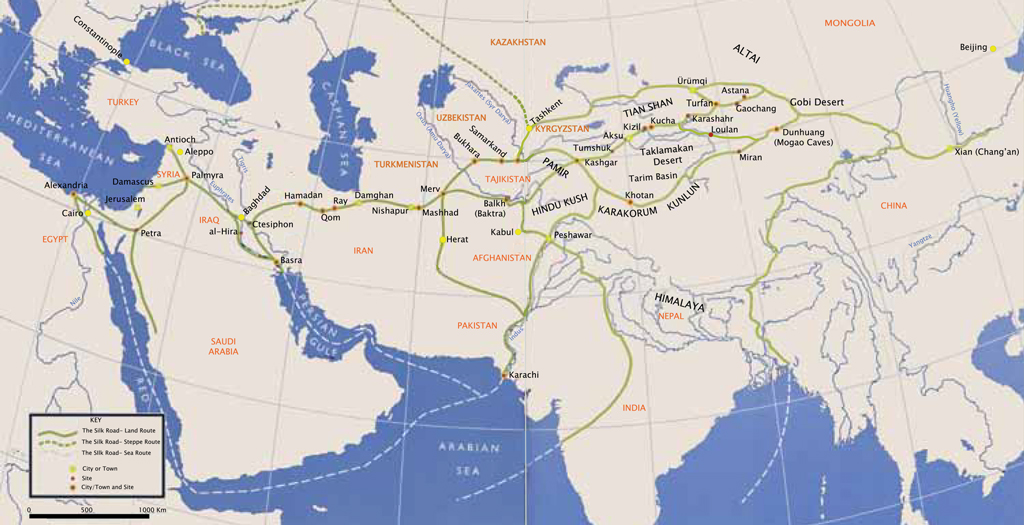
Many of the sites that we connect with this spread of Buddhism are also those where there is evidence of the Sogdians: Iranian speakers who were the first great merchant diaspora of the Silk Roads. From their homeland in Samarkand and the Zerafshan River Valley (today’s Uzbekistan and Tajikistan), the Sogdians extended their reach west to the Black Sea, south through the mountains of Kashmir, and to the ports of southeast Asia. Early 4th century Sogdian letters, found just west of Dunhuang, document a Sogdian network extending from Samarkand through Dunhuang, and along the Gansu Corridor into central China. Sogdians entered Chinese service and adopted some aspects of Chinese culture while retaining, it seems, their indigenous religious traditions (a form of Zoroastrianism). Their importance went well beyond commerce, as they served not only the Chinese but also some of the newly emerging regimes from the northern steppes, the Turks and the Uyghurs. The Turks for a time extended their control across much of Inner Asia and were influential in promoting trade into Eastern Europe and the Byzantine Empire. The Uyghurs received huge quantities of Chinese silk in exchange for horses. Sogdians played a role in the transmission of Manichaeism—another of the major Middle Eastern religions—to the Uyghurs in the 8th century, by which time both Islam and Eastern Christianity had also made their way to China. With the final conquest of the Sogdian homeland by Arab armies in the early 8th century, Sogdian influence declined. Muslim merchants of various ethnicities would replace the Sogdians in key roles controlling Silk Road trade.
Tombs of the 5th to 8th century, along the northern routes connecting China and Central Asia, contain abundant evi- dence of east-west interaction. There are numerous coins from Sasanian Iran, examples of Middle Eastern and Central Asian metalwork, glass from the eastern Mediterranean, and much more. By the time of the Tang Dynasty (618–906), which managed once again to extend Chinese control into Central Asia, foreign culture was all the rage among the Chinese elite: everything from makeup and hair styles to dance and music. Even women played polo, a game imported from Persia.
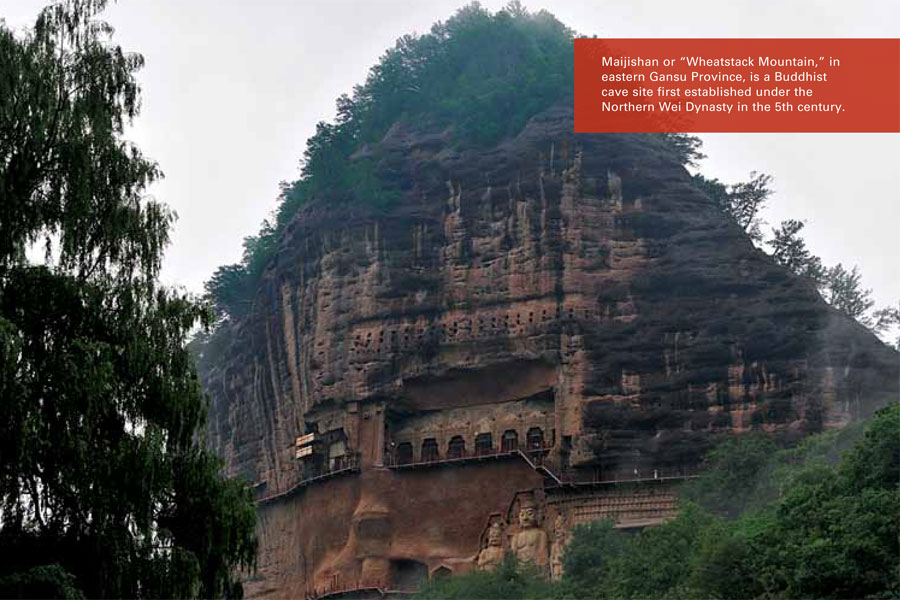
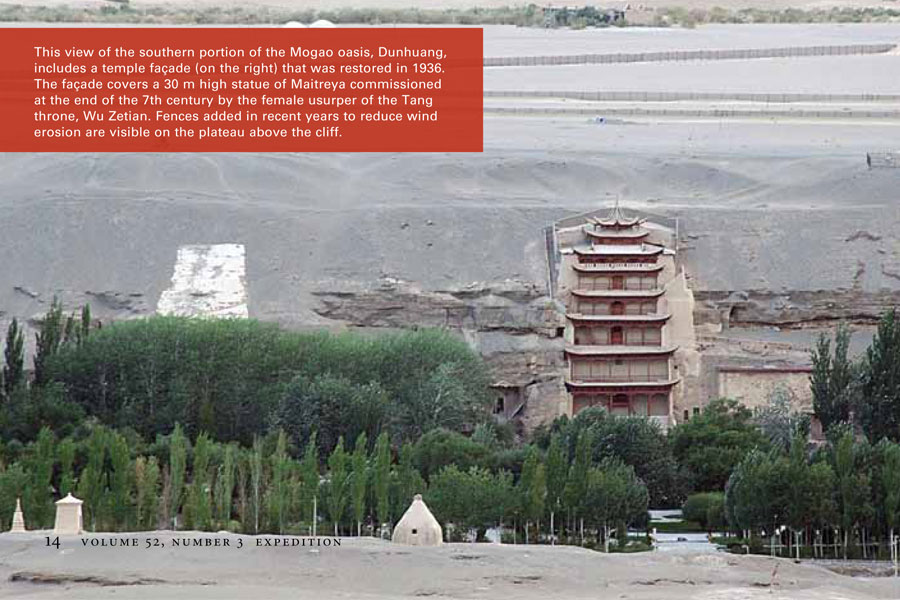
The Impact of the Arabs and the Mongols
By the second half of the 8th century—with the consolidation of Arab control in Central Asia and the establishment of the Abbassid Caliphate, with its capital at Baghdad—western Asia entered a new period of prosperity. Many threads made up the complex fabric of what we tend to designate simply as “Islamic civilization.” Earlier Persian traditions continued, and the expertise of Eastern Christians contributed to the emergence of Baghdad as a major intellectual center. Even though Chinese silk continued to be imported, centers of silk production were established in Central Asia and northern Iran. Considerable evidence has been found regarding importation of Chinese ceramics into the Persian Gulf in the 8th through the 10th century. The importance of maritime trade for the transmission of Chinese goods would continue to grow as Muslim merchants established themselves in the ports of southeast China. The Chinese connection had a substantial impact on artistic production in the Middle East, where ceramicists devised new techniques in order to imitate Chinese wares. Conversely, the transmission of blue-and- white pottery decoration moved from the Middle East to China. The apogee of these developments came substantially later in the period of the Mongol Empire, when in the 13th and 14th centuries much of Eurasia came under the control of the most successful of all the Inner Asian dynasties whose homeland was in the steppes of Mongolia.
Under the Mongols, we can document for the first time the travel of Europeans all the way across Asia, the most famous examples being the Franciscan monks John of Plano Carpini and William of Rubruck in the first half of the 13th century, and Marco Polo a few decades later. Genoese merchant families took up residence in Chinese port cities, and for a good many decades there was an active Roman Catholic missionary church in China. The reign of Kublai Khan in China and the establishment of the Mongol Ilkhanid regime in Iran in the second half of the 13th century was a period of particularly extensive exchange of artisans (granted, most of them probably conscripted) and various kinds of technical specialists. While their long-term impact may have been limited, the exchanges included the transmission of medical and astronomical knowledge. There is much here to temper the view that the impact of the Mongol conquests was primarily a destructive one.
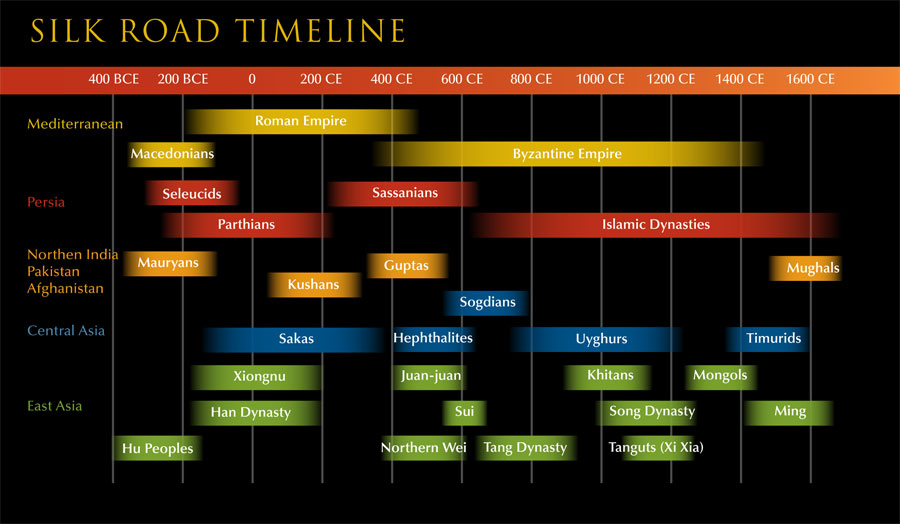
Despite the rapid collapse of the Mongol Empire in the 14th century, under their Ming Dynasty successors in China and the Timurids in the Middle East, active commercial and artistic exchange between East and West continued into the 16th century. Timurid Samarkand and Herat were centers of craft production and the caravan trade. The early Ming sponsored the sending of huge fleets through the Indian Ocean, which must have flooded the markets in the West with Chinese goods, among them the increasingly popular celadon (pale green) and blue-and-white porcelain. The centers of Chinese ceramic production clearly began to adapt to the tastes of foreign markets, whether in Southeast Asia or the Middle East. The legacy of this can be seen in the ceramics produced in northern Iran, which decorated palaces and shrines, and in the later collections of imported porcelain assembled by the Ottoman and Safavid rulers in the 16th and 17th centuries. Persian painting, which reached its apogee in the 15th and 16th centuries, was substantially influenced by Chinese models.
Conventional histories of the Silk Roads stop with the European Age of Discovery and the opening of maritime routes to the East in the late 15th century. Of course, there had already long been extensive maritime trade between the Middle East, South Asia, Southwest Asia, and East Asia. Undoubtedly the relative value of overland and sea trade now changed, as did the identity of those who controlled commerce. Yet, despite growing political disorders disrupting the overland routes, many of them continued to flourish down through the 17th century. New trading diasporas emerged, with Indian and Armenian merchants now playing important roles. Trade in traditional products such as horses and spices continued, as did the transmission of substantial amounts of silver to pay for the Eastern goods. Among the Chinese goods now much in demand was tea, whose export to the Inner Asian pastoralists had grown substantially during the period of the Yuan and early Ming dynasties. Trade along the Silk Roads continued, even if transformed in importance, into the 20th century.
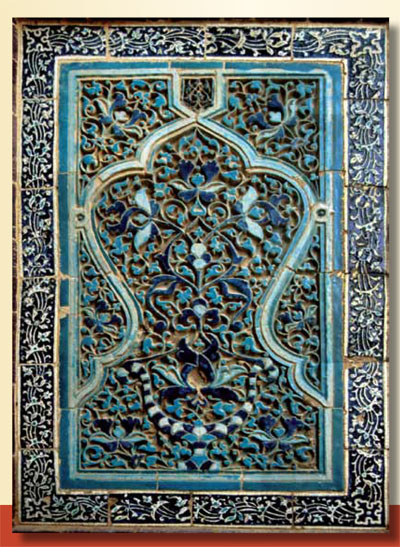
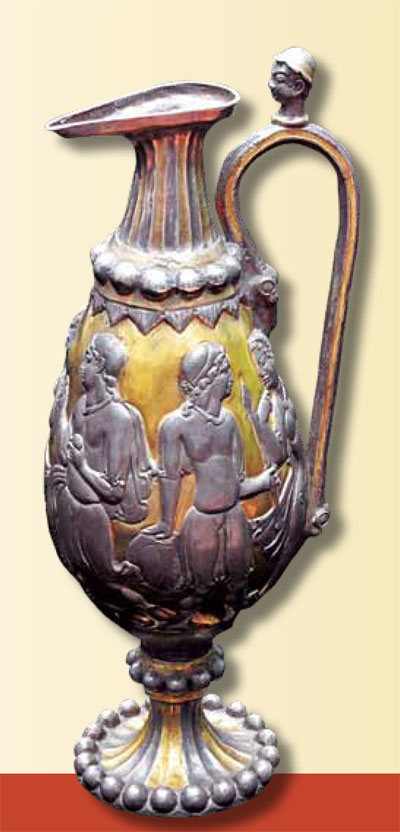
Re-discovery of the Silk Roads
An important chapter in the history of the Silk Roads is the story of their re-discovery in modern times. Over the centuries, many of the historic cities along the Inner Asian routes declined and disappeared as a result of climate change (where water supplies dried up) or changes in the political map. Only episodically did the ancient sites attract the attention of local rulers; at best, oral tradition preserved legends which bore little relationship to the earlier history of the ruins. In Europe, it was travel accounts such as that of Marco Polo which helped to alert early explorers of Central Asia to the possibility of unearthing traces of Silk Road civilizations now buried beneath the desert sands.
The foundation for modern Silk Road studies was laid between the late 1880s and the eve of World War I. Somewhat by accident, the Swedish explorer Sven Hedin discovered several of the ruined towns along the southern Silk Road, including Dandan Uiliq, north of Khotan, and Loulan, near the dried-up bed of Lake Lop Nur. Inspired by such information and the trickle of antiquities that was now coming out of Central Asia, the Hungarian-born Aurel Stein, an employee of the British Indian government, inaugurated serious archaeological exploration of the sites in western China. His most famous accomplishment was to purchase from the self-appointed keeper of the Mogao cave temples near Dunhuang in 1907 a significant part of a treasure trove of manuscripts and paintings discovered there only a few years earlier. A year later, the French sinologist Paul Pelliot shipped another major portion of this collection back to Europe. In the meantime, pursuing leads suggested by earlier Russian exploration, German expeditions had been active along the northern Silk Road. There they removed large chunks of murals from the most important Buddhist cave temples in the Turfan and Kucha regions and sent them back to Berlin. The Germans also found manuscript fragments and imagery from Christian and Manichaen temples. Such was the quantity and range of the textual and artistic materials obtained by these early expeditions that their analysis is still far from complete. Part of the challenge was to decipher previously unknown languages and scripts. The belated Chinese response to what they came to characterize as a plundering of their antiquities finally put a stop to most foreign exploration by the mid-1930s.
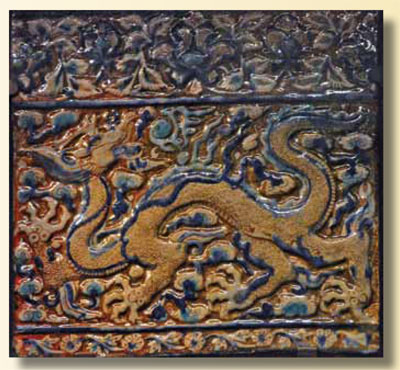
In recent decades, new excavations have added substantially to our knowledge of this part of Asia. One focus of Chinese archaeology has been on the very early cultures of Inner Asia, which antedate the traditional “beginning of the Silk Roads.” The ongoing discoveries from locations such as the Astana cemetery, dating from the Tang period, are enabling us to now write a serious social and economic history of some of the flourishing oasis communities, in a time when silk was still a major currency that fueled commerce.
Our knowledge of the cultures in the northern steppes commenced with the work of Russian archaeologists beginning at the end of the 19th century. Russian expeditions organized by the famous Orientalist Wilhelm Radloff documented sites in southern Siberia and northern Mongolia, providing some of the first evidence about “cities in the steppe” and helping to publicize the earliest texts in a Turkic language. Russian-Mongolian expeditions revealed the richness of Xiongnu elite burials at the site of Noyon uul (Noin Ula) in the mountains of north-central Mongolia, and were responsible for the first serious excavation of the 13th century capital of the Mongol Empire, Karakorum. Archaeology at sites throughout the Eurasian steppes has resulted in dramatic discoveries, and forced us to question many of our assumptions about when meaningful exchange across all of Eurasia began.
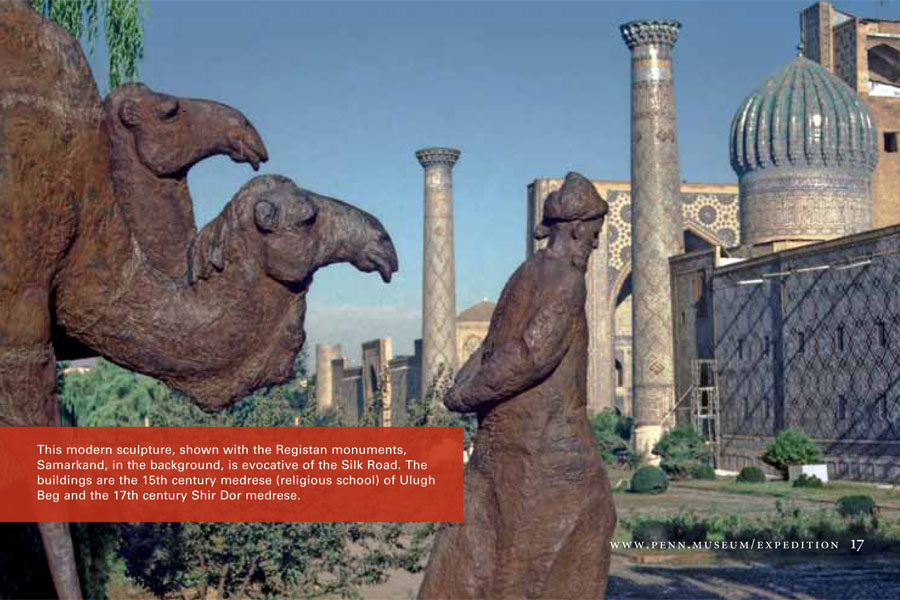
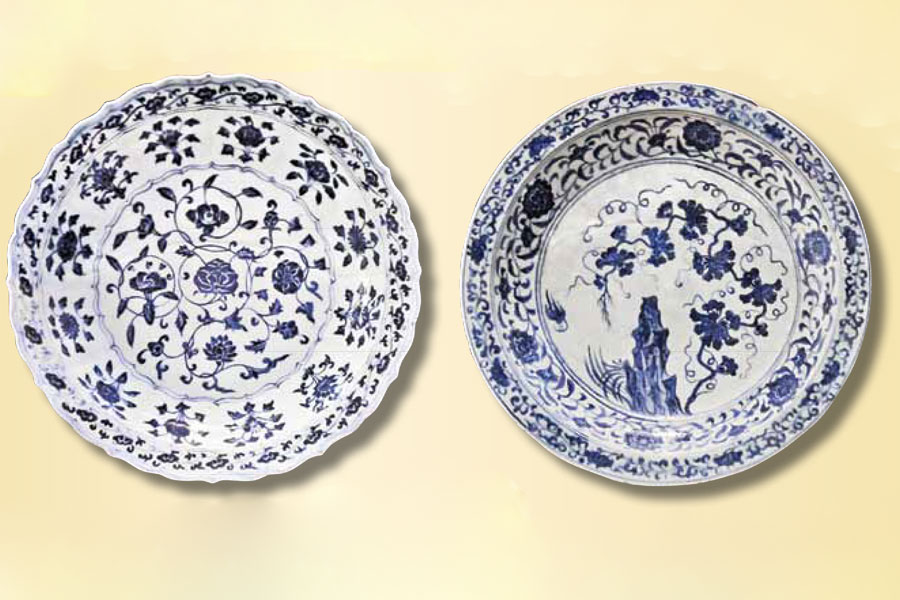
Yet this is only part of the story, for equally dramatic discoveries have been made in recent years regarding maritime trade. From the East China Sea to the Mediterranean, nautical archaeology is documenting the cargoes of everything from scrap metal to fine porcelain. Excavations along the Red Sea and the East African coasts have expanded our knowledge of contacts with India and the Far East. Although long known from Classical texts, the archaeological evidence of Roman trade with India continues to grow. Overall there is now a much greater appreciation of the importance of long-distance trade through the Middle East starting in the Bronze Age and continuing well into the era when first the Portuguese and then the Dutch and English began to dominate the Indian Ocean. Maritime trade throughout history has been an integral part of Eurasian exchange.
So the “Silk Roads” did not begin when Han Emperor Wu Di sent his emissary Zhang Qian to the West in the 2nd century BCE any more than they ended when Vasco Da Gama pioneered the route to India around the Cape of Good Hope. Our current “Age of Discovery” concerning the history of the Silk Roads, employing sophisticated analytical tools such as DNA testing and remote sensing from satellites, at the very least should persuade us that the study of this history is still young. Who knows what secrets remain to be uncovered from the desert sands?
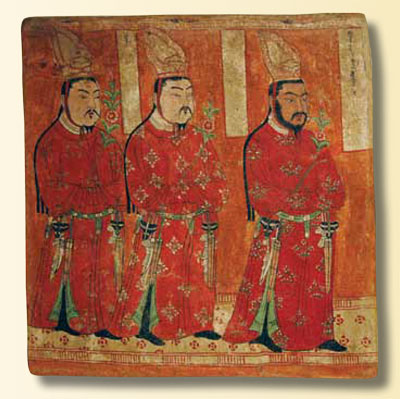
Baumer, Christoph. Southern Silk Road: In the Footsteps of Sir Aurel Stein and Sven Hedin. Bangkok: Orchid Press, 2000.
Hulsewé, F. P., and M. A. N. Loewe. China in Central Asia: The Early Stage: 125 B.C.–A.D. 23. An Annotated Translation of Chapters 61 and 96 of the History of the Former Han Dynasty. Leiden: Brill, 1979.
Jackson, Peter, and David Morgan, trans. and eds. The Mission of Friar William of Rubruck: His Journey to the Court of the Great Khan Möngke 1253–1255. London: Hakluyt Society, 1990.
Juliano, Annette L., and Judith A. Lerner. Monks and Merchants: Silk Road Treasures from Northwest China: Gansu and Ningxia, 4th–7th Century. New York: Harry N. Abrams, Inc., with The Asia Society, 2001.
Komaroff, Linda, and Stefano Carboni. The Legacy of Genghis Khan: Courtly Art and Culture in Western Asia, 1256–1353. New York: Metropolitan Museum of Art; New Haven: Yale University Press, 2002.
Qi, Xiaoshan, and Wang Bo. The Ancient Culture in Xinjiang along the Silk Road. Ürümqi: Xinjiang renmin chubanshe, 2008.
Tucker, Jonathan. The Silk Road: Art and History. London: Art Media Resources, 2003.
Whitfield, Roderick, Susan Whitfield, and Neville Agnew. Cave Temples of Mogao: Art and History on the Silk Road. Los Angeles: Getty Institute and Museum, 2000.
Whitfield, Susan. Life along the Silk Road. London: John Murray, 1999.
Whitfield, Susan, and Ursula Sims-Williams. The Silk Road: Trade, Travel, War and Faith. Chicago: Serindia Publications, 2004.
Websites
Digital Silk Road (http://dsr.nii.ac.jp/).
Silk Road Seattle (http://depts.washington.edu/silkroad).
The International Dunhuang Project (http://idp.bl.uk).
The Silkroad Foundation (http://silkroadfoundation.org).
